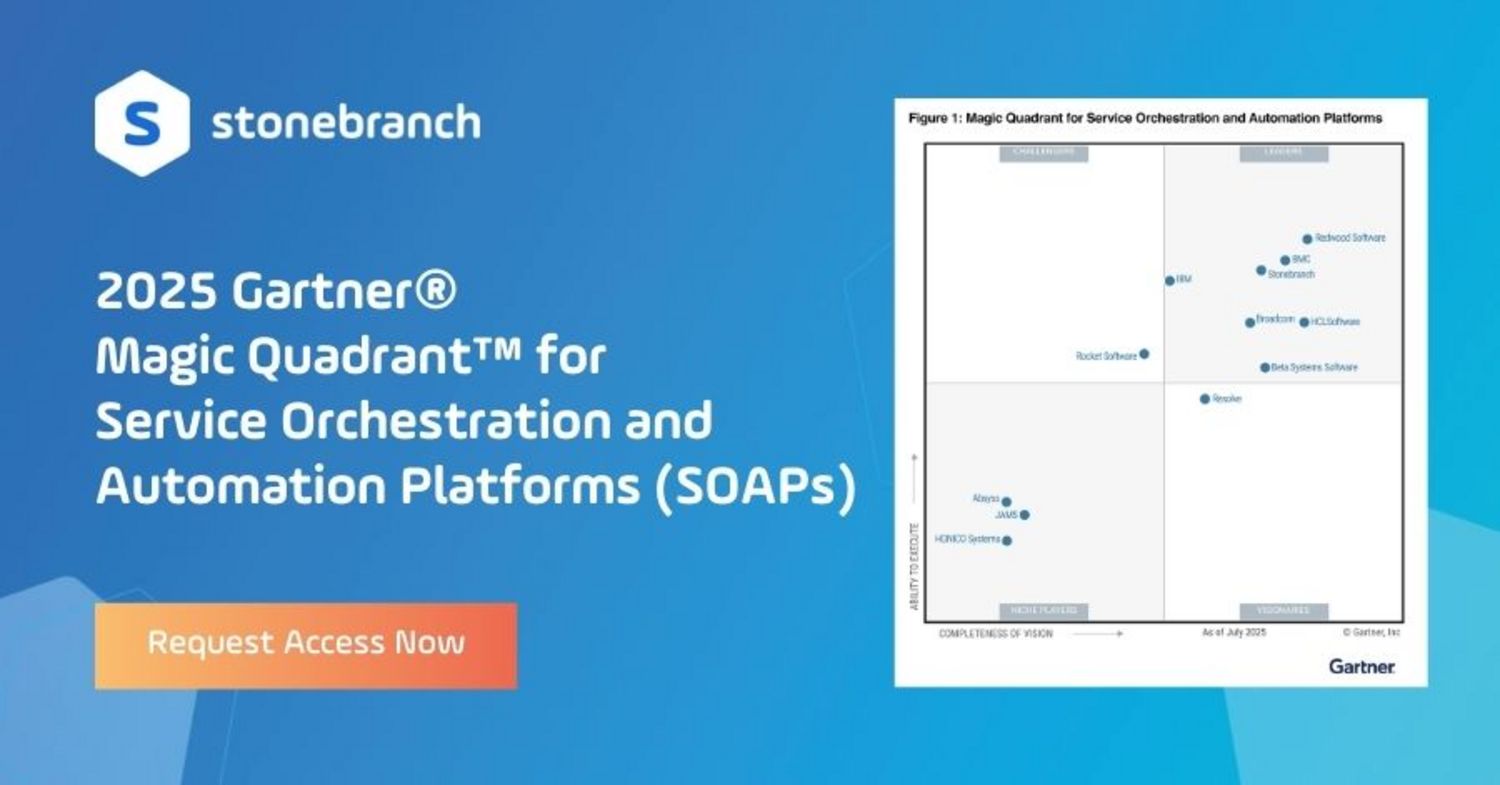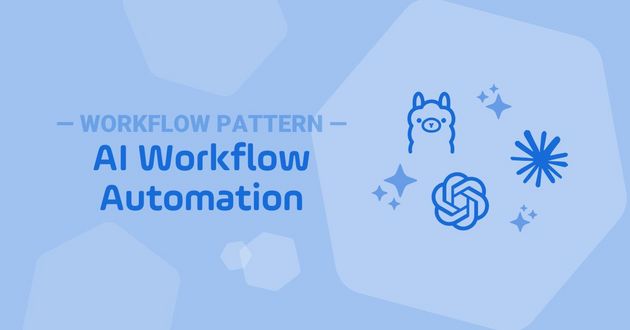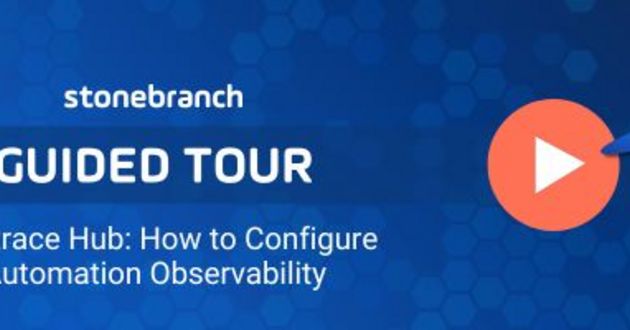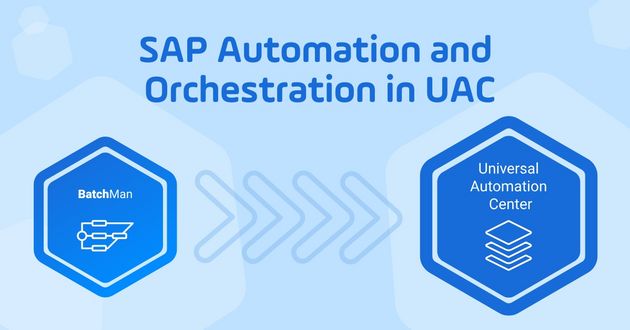What is a Service Orchestration and Automation Platform (SOAP)?
This article deep dives into Gartner’s SOAP category, with the goal of understanding key differentiating capabilities, a little history, and how it helps enterprises achieve IT orchestration and automation across their business.
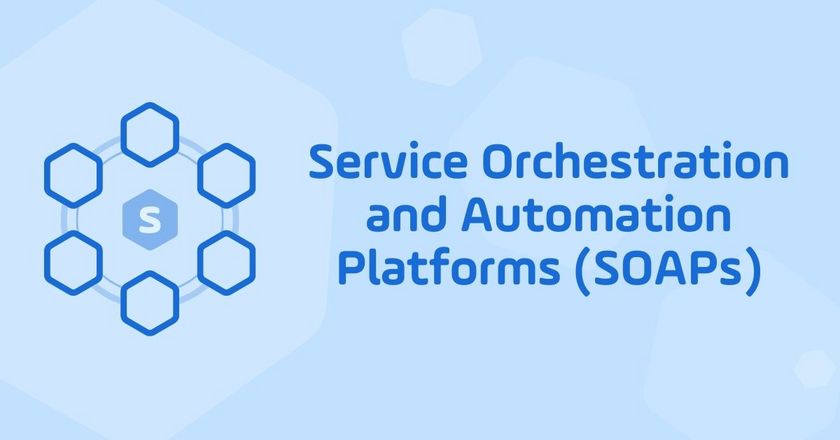
In August 2025, Gartner published their second Magic Quadrant for Service Orchestration and Automation Platforms (SOAP). A continuing evolution and transformation of traditional Workload Automation (WLA) tools, SOAP solutions choreograph and manage applications and infrastructures across an enterprise-wide hybrid IT environment.
SOAPs help I&O leaders support the business via a combination of workflow orchestration, workload automation, and resource provisioning. In addition, they enable self-service adoption, integrate with DevOps toolchains, and improve real-time automation. SOAPs accomplish this by interpreting and executing sequences built across and between on-premises, private cloud, and public cloud environments.
According to the Magic Quadrant, the SOAP market has seen steady growth, increasing from an estimated $3.3 billion in 2023 to $3.8 billion in 2024. This represents 15.2% yoy growth, up from 10.7% yoy growth in 2024. Additionally, the market it expected to continue to increase to an estimated $4.9 billion by 2028.
In fact, Gartner predicts that “By 2029, 90% of organizations currently delivering workload automation will be using service orchestration and automation platforms (SOAPs) to orchestrate workloads and data pipelines in hybrid environments across IT and business domains.”*
A Little History About SOAP and How it’s Different
Service orchestration and automation platforms represent an evolved version of several existing solutions that have matured into more complete automation platforms. Many of the vendors listed as representative vendors in Gartner’s report, including Stonebranch, have roots in WLA.
It is important to note that not all WLA tools or SOAP solutions are created equal. One of the foundational elements found within a SOAP is the ability to conduct workflows in real-time via event-driven triggers.
“Traditional [non-SOAP] workload automation strategies are unable to meet the needs of evolving IT environments, which include cloud-native infrastructure, edge and Internet of Things deployments, and big data workloads.”
– Gartner 2021 SOAP Market Guide**
In other words, enterprises have moved beyond automating mainframes or distributed servers. In fact, a key differentiator between WLA and SOAP is SOAP’s ability to automate applications or platforms that exist on-prem and in cloud or container-based systems. Gartner notes that this evolution to orchestrating hybrid IT environments is a force multiplier to maximize ROI.
Integration between SOAPs and third-party technologies has become a cornerstone of orchestration within a hybrid IT environment. Traditional agent technology, in combination with modern API integrations, allow SOAPs to greatly increase the scope and scale of automation initiatives. In turn, the use cases for automation quickly expand from simple task automation to complex IT service orchestration via workflows that connect otherwise siloed tools.
Real-time, hybrid IT, DevOps, self-service, big data, AI/ML — these are the terms that enterprises now include in their automation requirements. The evolution and differences go further. SOAPs possess several unique characteristics that can help you to differentiate them from other IT automation platforms and offerings.
The 6 Key Differentiating Capabilities of Service Orchestration and Automation Platforms (SOAPs), According to Gartner**
- Workflow Orchestration: Orchestration of workflows across a heterogeneous landscape. Many automation tools can run workflows, with varying limitations. They may only be able to automate within certain environments, or they may not provide the observability your team needs. They may also rely on several IT departments or teams for the initial workflow design. These teams each use unique tools to perform their part of the workflow design process which could cause errors and increase the time needed to get to production. SOAPs bridge the gaps in this process by providing a visual rendering of workflows and identifying and fixing any task discrepancies as part of the workflow design process.
- Event-Driven Automation: Real-time, trigger-based automation of IT processes. SOAPs can perform tasks not only based on time-based triggers but based on certain conditions being met, also known as event-based triggers. Consequently, SOAPs remove much of the manual work traditionally done by IT Ops teams. This is accomplished by launching conditional workflows based on an initial input, comparing the new data to workflows rules, and performing a specific action. Using SOAPs, your IT Ops team can completely free themselves of a daily plan, while simultaneously reducing their manual workload.
- Self-Service Automation: Do-it-yourself workflow creation for various user types. We’ve already established that SOAPs bridge the gap between IT teams, but its uses extend well beyond this. These platforms also empower users of all kinds, from DevOps to infrastructure architects to business analysts and beyond. By giving end-users appropriate levels of access to the platform, they can trigger automation workflows from within the environments or native tools where they’re most comfortable. Using self-service, IT Ops can centrally control automated processes, while end-users can perform automated tasks on their own. It’s a win-win for both sides of the business.
- Scheduling, Monitoring, Visibility, Alerting: SOAPs broaden your view of how and where workflows are running (in some cases, in real-time), and extend your visibility to other users and areas of IT – and thus, the business. SOAPs connect disparate environments and tools to consolidate monitoring into one central point of visibility.
- Resource Provisioning: On-demand provisioning of computing, storage, and network resources. Resources could refer to various operating systems, cloud storage, virtual machines, distributed servers, mainframes, networks, and everything in between. Some vendors, including Stonebranch, offer infrastructure-as-code features that help enterprises create workflows designed for self-service and cost savings. The most important benefit of this functionality is the cost savings associated with simplifying and standardizing these processes across the business.
- Managing Data Pipelines: End-to-end orchestration of automated processes to coordinate and manage the flow of data across complex data pipelines. Extracting, processing, and delivering data is possible within many types of tools — to a limited extent. However, the true power that a SOAP brings is its ability to orchestrate the flow of data across siloed data tools. Enterprises use SOAPs to integrate with each tool used along a data pipeline, and then controls the automated processes within each of the tools from a single workflow designer. Data tools centrally controlled by SOAPs often include ETL, data warehouses, data lakes, and visualization tools. In addition, SOAPs allow these pipelines to be created as-code (what Stonebranch refers to as jobs-as-code) to version, maintain, test, and integrate with other solutions.
Real-Time Hybrid IT Automation: Universal Automation Center
Service orchestration and automation platforms have cemented their place at the table as the gold standard for IT automation. In turn, alternative automation software solutions will inevitably attempt to pivot in this direction without the necessary functionality or experience to support their offerings. These alternative solutions may offer a visually stunning platform for monitoring and visibility, but only limited integrations. They may have real-time automation capabilities but may lack the multi-departmental support a DevOps-based IT strategy requires. And finally, they may claim to be cross-environment but fall short of expectations, causing new silos and more IT challenges.
Stonebranch Universal Automation Center offers the best features of workload automation, combined with the self-service capabilities of a service orchestration and automation platform. Users can rely on the features offered by the most modern workload automation solutions, as well as the cross-environment visibility and monitoring offered by a SOAP. Universal Automation Center achieves this quality of offering through real-time hybrid IT automation.
When it comes to IT automation, the Universal Automation Center’s core components align almost exactly with Gartner’s definition of a service orchestration and automation platform. According to Gartner,
“Service orchestration and automation platforms (SOAPs) enable I&O leaders to design and implement business services through a combination of workflow orchestration, workload automation, and resource provisioning across an organization’s hybrid digital infrastructure.”
– Gartner 2021 SOAP Market Guide**
Universal Automation Center – The Platform
Click on the hexagons to learn more.
Workflow Automation and Orchestration
Create and manage workflows across multiple applications both on-premises and in the cloud.
Learn moreSelf-Service Automation
Empower end users, developers, and business users with citizen automator capabilities.
Learn moreInfrastructure and Service Automation
Manage both on-prem. and cloud-based compute, network, and storage resources.
Learn moreManage Data Pipelines
Automate file transfers and orchestrate the ingestion and processing of multiple data streams.
Analytics and Observability
Enable advanced reporting, observability, and predictive capabilities in support of improving SLAs and response times.
Learn moreEvent-Driven Automation
Use event-based triggers to create modern workflows that execute in real-time.
Learn moreStonebranch Universal Automation Center was a service orchestration and automation platform before such a category of IT automation existed. In addition, Universal Automation Center offers endless open-source integration capabilities that remove limits on just how much of the business it can orchestrate. UAC can also be easily installed as a SaaS offering fully in the cloud.
Stonebranch has been building solutions that combine the power of workload automation with the end-to-end visibility and hybrid functionality of service orchestration platforms for over 25 years.
Looking to the future of IT and IT automation, SOAPs will become essential components of the landscape of digital business. As you evaluate which vendor offers the SOAP that will best fit your enterprise-wide needs, consider the decision’s lasting impact on your organization.
Start Your Automation Initiative Now
Schedule a Live Demo with a Stonebranch Solution Expert

Editor’s note: Originally published upon the release of Gartner’s first SOAP Market Guide in 2020, this post has been updated to reflect the information provided in the 2025 SOAP Magic Quadrant.
* Gartner, Magic Quadrant for Service Orchestration and Automation Platforms, Hassan Ennaciri, Daniel Betts, Cameron Haight, Chris Saunderson, 26 August 2025.
** Gartner, Market Guide for Servicce Orchestration and Automation Platforms, Chris Saunderson, Manjunath Bhat, Daniel Betts, Hassan Ennaciri, 10 August 2021.
GARTNER is a registered trademark and service mark of Gartner, Inc. and/or its affiliates in the U.S. and internationally, and MAGIC QUADRANT is a registered trademark of Gartner, Inc. and/or its affiliates and are used herein with permission. All rights reserved. Gartner does not endorse any vendor, product or service depicted in its research publications, and does not advise technology users to select only those vendors with the highest ratings or other designation. Gartner research publications consist of the opinions of Gartner’s research organization and should not be construed as statements of fact. Gartner disclaims all warranties, expressed or implied, with respect to this research, including any warranties of merchantability or fitness for a particular purpose. This graphic was published by Gartner, Inc. as part of a larger research document and should be evaluated in the context of the entire document. The Gartner document is available upon request from Stonebranch.

